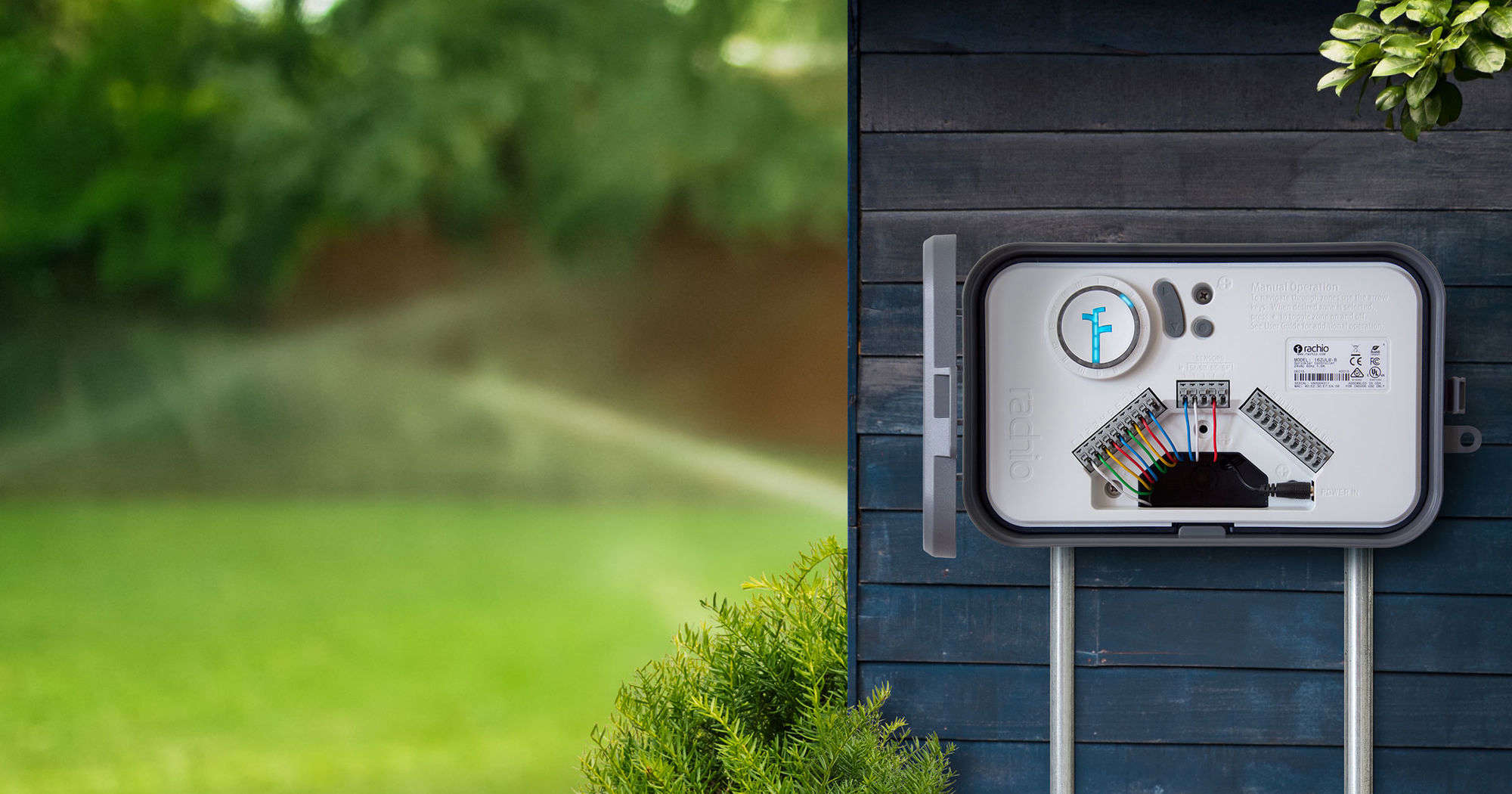
Smart Sprinkler Controller
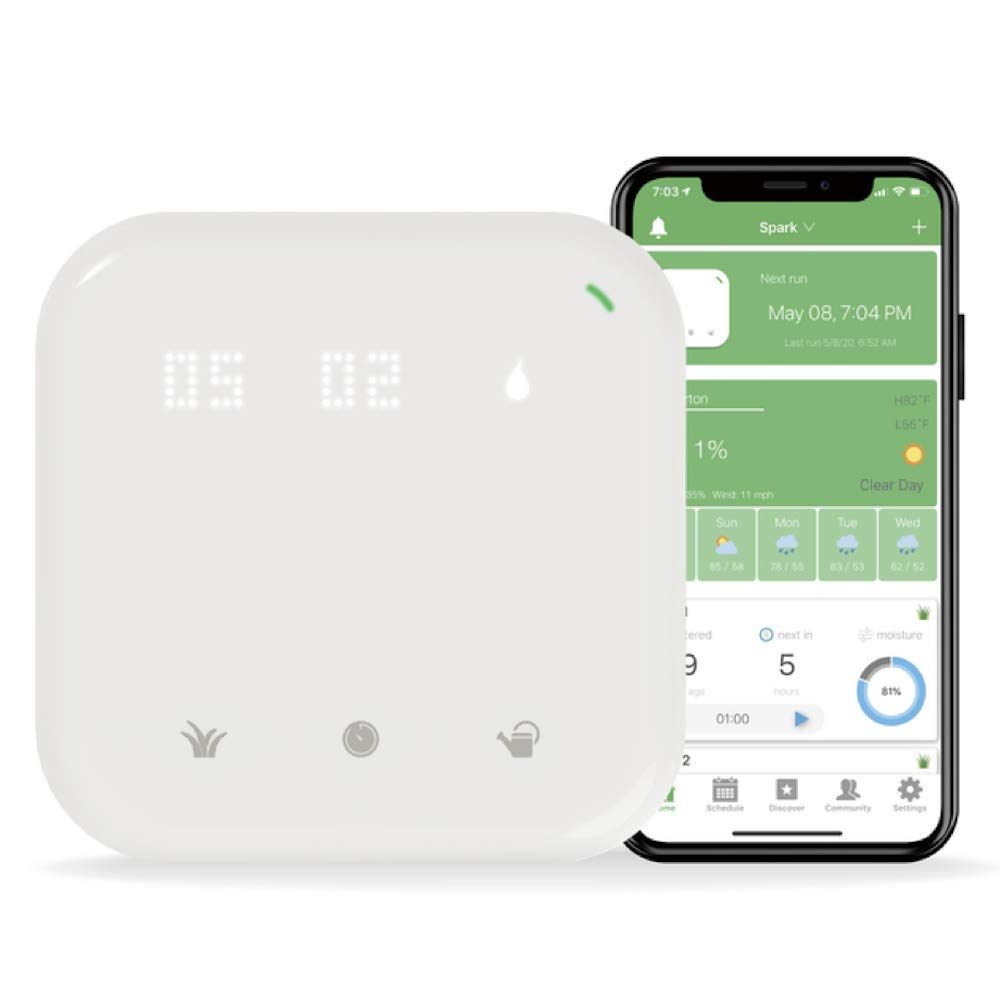
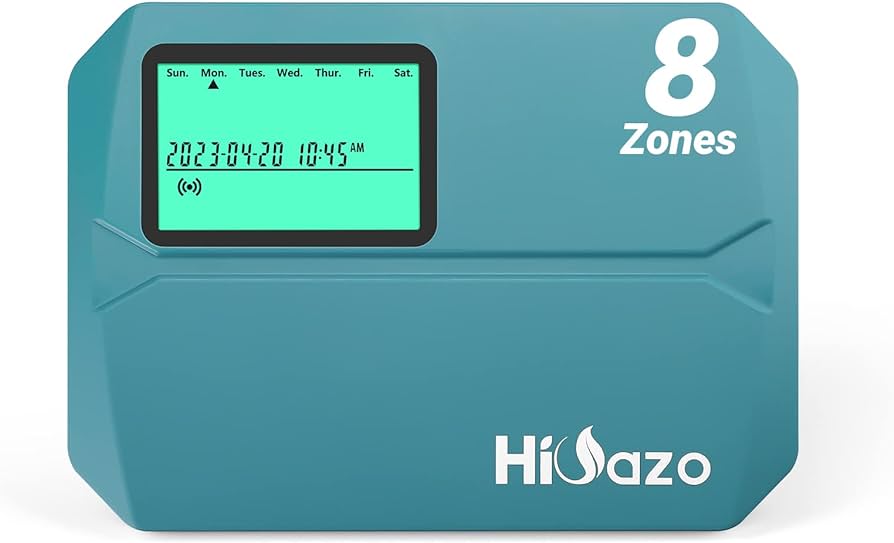
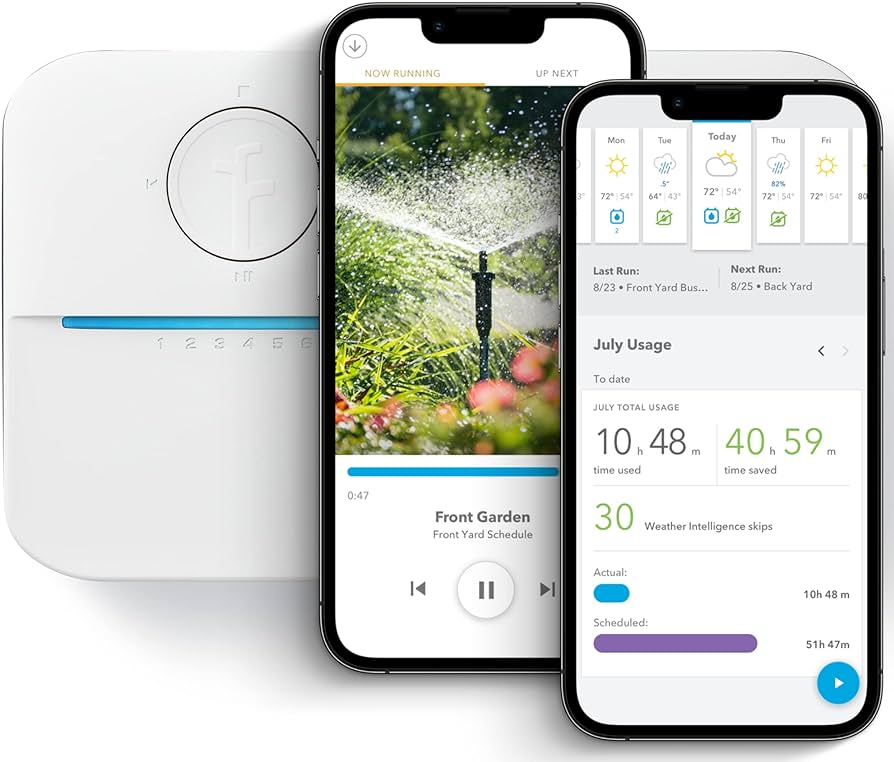
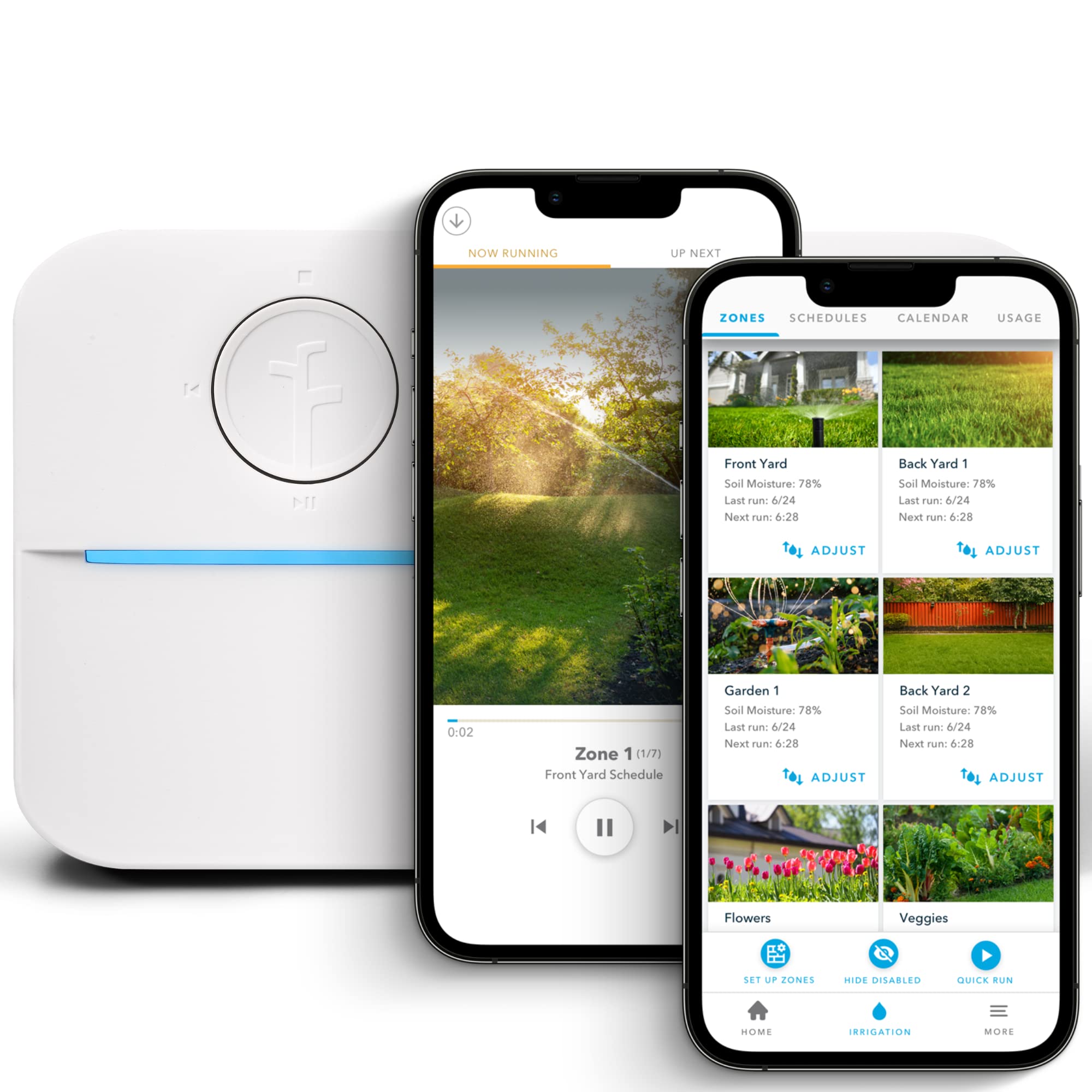

I. Introduction
In the realm of lawn care and gardening, the smart sprinkler controller has emerged as a transformative tool, offering a convenient and efficient approach to irrigation management. These innovative devices harness the power of technology to automate sprinkler systems, tailoring watering schedules to specific needs and optimizing water usage. Whether you’re a seasoned homeowner seeking to maintain a lush green lawn or a busy professional seeking to save time and resources, smart sprinkler controllers provide a solution that enhances both convenience and environmental responsibility.
A. Overview of Smart Sprinkler Controllers
Smart sprinkler controllers function as the central hub of an automated irrigation system, connecting to a network of sprinklers and sensors to regulate watering schedules. Unlike traditional timer-based systems that rely on predetermined schedules, smart controllers actively monitor environmental conditions and adjust watering accordingly. This dynamic approach ensures that lawns and gardens receive the precise amount of water they need, preventing overwatering and promoting healthy plant growth.
B. Key Features of Smart Sprinkler Controllers
Smart sprinkler controllers stand out from conventional irrigation systems due to their innovative features that address the unique needs of various landscapes:
-
Weather-Based Adjustments: Smart controllers incorporate weather data from local stations or personal weather stations to automatically adjust watering schedules based on real-time conditions. This feature ensures that lawns and gardens receive the appropriate amount of water, even during periods of rain or drought.
-
Soil Moisture Monitoring: Many smart controllers integrate soil moisture sensors that measure the water content of the soil. These sensors provide real-time data that allows the controller to adjust watering schedules accordingly, preventing overwatering and promoting healthy root development.
-
Plant Type Customization: Smart controllers often allow users to specify the type of plants in each zone of their irrigation system. This information enables the controller to tailor watering schedules to the specific needs of different plant species, ensuring that each plant receives the optimal amount of water.
-
Water Conservation: By optimizing watering schedules based on real-time data, smart sprinkler controllers significantly reduce water consumption compared to traditional timer-based systems. This water conservation not only saves money on water bills but also contributes to environmental sustainability.
-
Remote Access and Control: Most smart sprinkler controllers offer remote access capabilities, allowing users to monitor and manage their irrigation systems from anywhere using a smartphone, tablet, or computer. This remote access provides flexibility and convenience, enabling users to adjust watering schedules even when they are away from home.
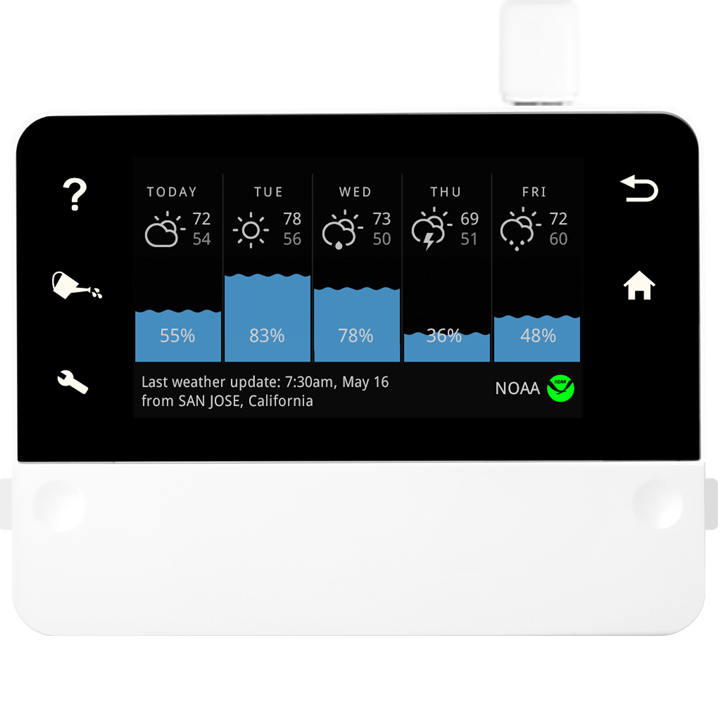
II. Types of Smart Sprinkler Controllers
The market for smart sprinkler controllers offers a variety of options to suit different needs and preferences:
-
Wi-Fi Connected Controllers: These controllers connect to the internet via Wi-Fi, allowing for remote access and control through a smartphone or web application.
-
Bluetooth Connected Controllers: Bluetooth-connected controllers offer remote access and control within a shorter range, typically up to 30 feet from the controller.
-
Hub-Based Controllers: These controllers integrate with smart home hubs, such as Amazon Alexa or Google Home, enabling voice control and integration with other smart home devices.
-
Weather Station Integrated Controllers: These controllers incorporate weather stations that provide real-time weather data for precise watering adjustments.
-
DIY Controllers: For those with DIY skills, there are kits available to build custom smart sprinkler controllers using open-source hardware and software.
III. Choosing the Right Smart Sprinkler Controller
When selecting the ideal smart sprinkler controller for your needs, consider the following factors:
-
Size of Property: The size of your property will determine the number of zones and the capabilities required of the controller. Larger properties may require a controller with more zones and advanced features.
-
Type of Plants: The type of plants in your landscape will influence the controller’s ability to tailor watering schedules. Consider controllers that offer plant type customization.
-
Water Conservation Goals: If water conservation is a priority, look for controllers with features like weather-based adjustments and soil moisture monitoring.
-
Remote Access Needs: If remote access is important, choose a controller with Wi-Fi or Bluetooth connectivity. For voice control, opt for a hub-based controller.
-
Technical Expertise: If you have DIY skills, consider a DIY controller kit. For those who prefer a more user-friendly setup, choose a pre-assembled controller.
IV. Setting Up and Using Your Smart Sprinkler Controller
The setup process for smart sprinkler controllers typically involves the following steps:
-
Install the Controller: Mount the controller in a protected location, following the manufacturer’s instructions.
-
Connect to the Water Source: Connect the controller to the main water supply and ensure all connections are secure.
-
Wire the Sprinkler Zones: Run wires from the controller to each sprinkler zone, following the manufacturer’s wiring diagram.
-
Install Soil Moisture Sensors (Optional): If using soil moisture sensors, install them in representative locations within each sprinkler zone.
-
-
Install Sensors (Optional): If your controller utilizes rain sensors or weather stations, install them according to the manufacturer’s instructions. These additional sensors can further optimize watering based on real-time precipitation or weather forecasts.
-
Program the Controller: This involves setting up the watering schedule for each zone. Most smart controllers offer user-friendly interfaces that allow you to specify watering days, times, and durations. You can also utilize features like weather-based adjustments and plant type customization during programming.
-
Connect to the App (if applicable): If your controller uses Wi-Fi or Bluetooth connectivity, download the manufacturer’s app and follow the on-screen instructions to connect the controller to your smartphone or tablet. This app will grant you remote access and control over your irrigation system.
-
Test the System: Once everything is set up and programmed, run a manual watering cycle to test each zone and ensure all sprinklers are functioning correctly.
V. Benefits of Using a Smart Sprinkler Controller
By incorporating a smart sprinkler controller into your irrigation system, you can reap a multitude of benefits:
- Convenience: First and foremost, smart controllers revolutionize the way you water your lawn by automating watering schedules. This innovation eliminates the hassle of manual adjustments and saves you valuable time. Additionally, the convenience of remote access lets you manage your irrigation system from any location, offering flexibility and peace of mind.Water Conservation: Furthermore, these smart controllers are designed with water conservation in mind. They optimize watering schedules based on real-time data, which means they prevent overwatering and enhance water efficiency. As a result, you’ll see lower water bills and a smaller environmental footprint.
Healthier Lawns and Gardens: Moreover, by providing the precise amount of water needed for different plant types, smart controllers foster healthier growth of your lawn and gardens. They effectively reduce the risk of stress caused by either underwatering or overwatering.
Improved Efficiency: Similarly, smart controllers take the guesswork out of irrigation management. They ensure that your lawn and garden are adequately watered, promoting efficiency and eliminating waste. With these systems, you can be confident that your outdoor spaces are receiving the right amount of care.
-
Peace of Mind: Remote monitoring and weather-based adjustments offer peace of mind, knowing your irrigation system is adapting to changing conditions even when you’re away.
VI. Smart Sprinkler Controllers and Sustainability
In today’s world, water conservation is a pressing concern. Smart sprinkler controllers play a vital role in promoting sustainable irrigation practices. By optimizing water usage and minimizing waste, these devices contribute to the preservation of this precious resource. Additionally, by promoting healthy plant growth, smart controllers can indirectly benefit the environment by encouraging the use of native plants and reducing the need for chemical fertilizers and pesticides.
VII. Conclusion
Smart sprinkler controllers represent a significant advancement in irrigation technology. Their ability to automate watering schedules, optimize water usage, and promote healthy landscapes makes them a valuable tool for homeowners and professionals alike. Whether you’re seeking to conserve water, maintain a vibrant lawn, or simply enjoy the convenience of a smart home solution, a smart sprinkler controller offers a compelling option. With a variety of features and functionalities to choose from, there’s a perfect smart sprinkler controller to suit your needs and budget. So, embrace the future of irrigation and unlock the benefits of a smarter, more sustainable approach to watering your lawn and garden.
-